German gymnastics team
Sport always involves ambition and discipline – and this holds true for the German gymnastics team. The German Gymnastics Association (DTB) squad represents Germany on an international level at European championships, world championships and the Olympic Games. The team has put in strong performances alongside the world’s elite countless times, including winning medals. Whether artistic gymnastics, trampolining or rhythmic gymnastics, all the athletes consistently show huge commitment, diligence and energy as they work towards their sporting goals. This passion allows the members of the gymnastics team to shine on the sporting stage, as well as to serve as role models for the next generation.
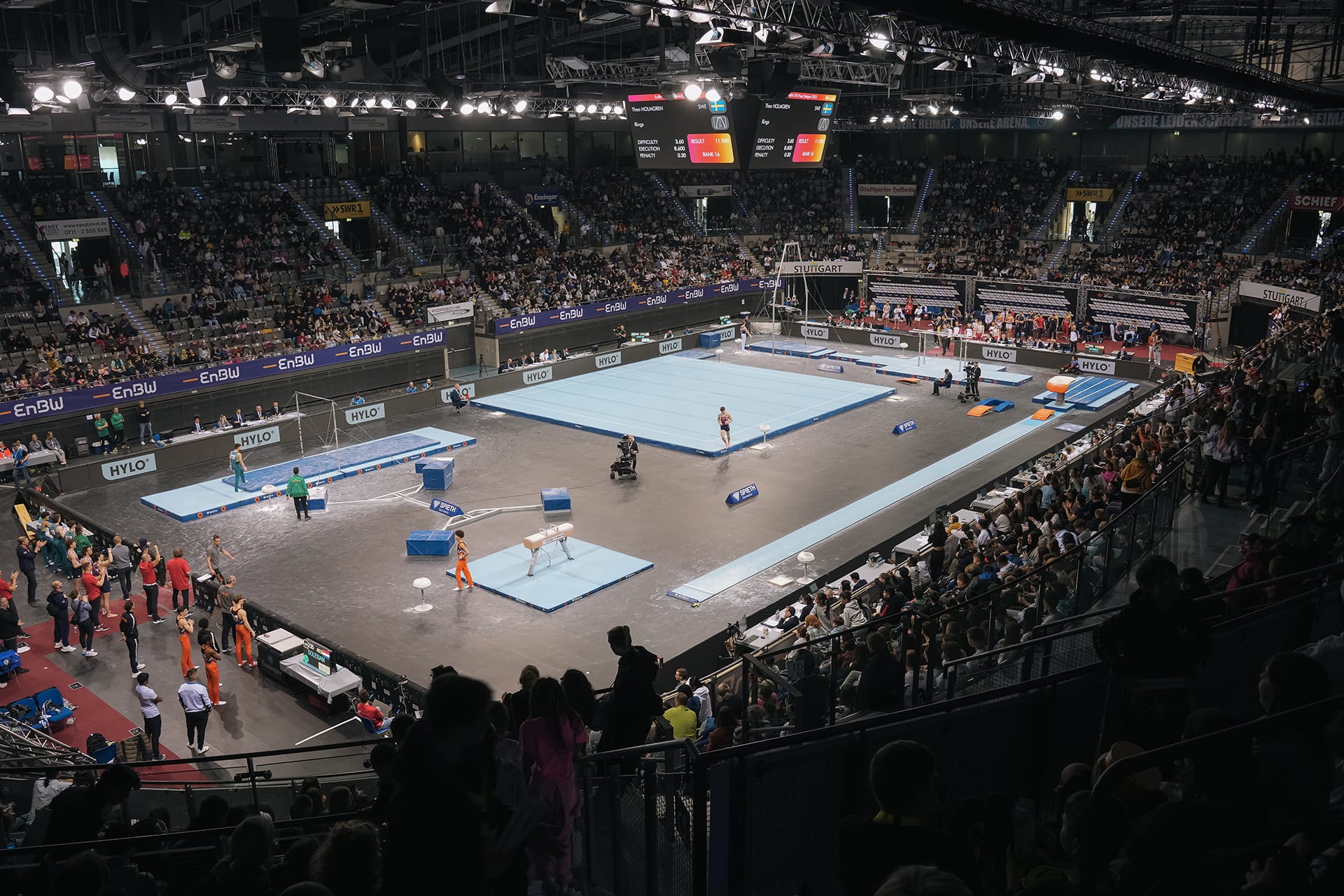
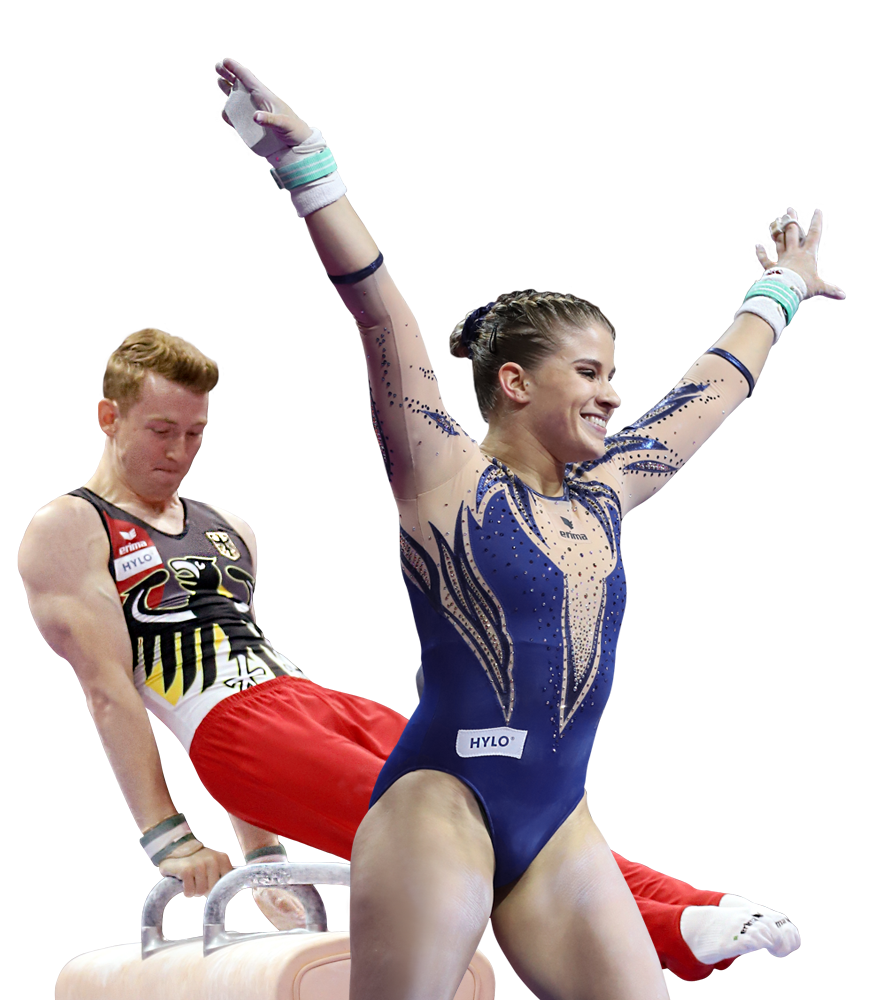
Shortfacts
Teamcard
- ClubGerman Gymnastics Association
- Founded1848
- FounderJohann Friedrich Ludwig Christoph Jahn, known as Turnvater Jahn (‘Father of Gymnastics Jahn’)
- Membersapprox. 4.8 million
- Athletes on German gymnastics teamapprox. 30
- DTB disciplines22
- Artistic gymnasts31
- Trampolinists9
- Rhythmic gymnasts21
- EquipmentVault, balance beam, uneven bars, parallel bars, floor, rings, horizontal bar, pommel horse, ribbon, ball, rope, clubs, hoop, trampoline
Sporting successes
The German gymnastics team and HYLO® is a cooperation that makes perfect sense, since healthy eyes and clear sight are key requirements for long-term success in gymnastics.
– German gymnastics team
MEDIA LIBRARY German gymnastics team
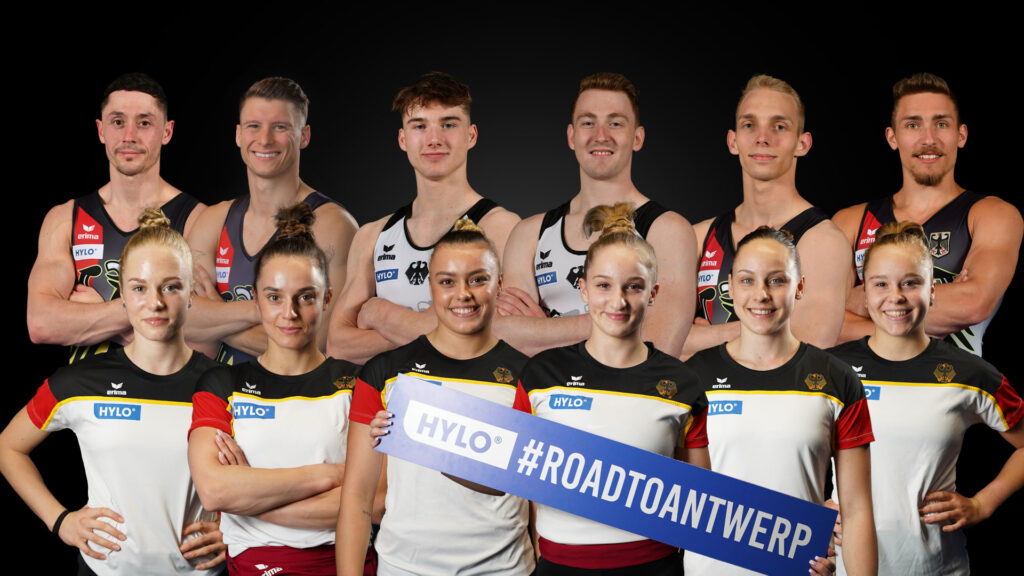
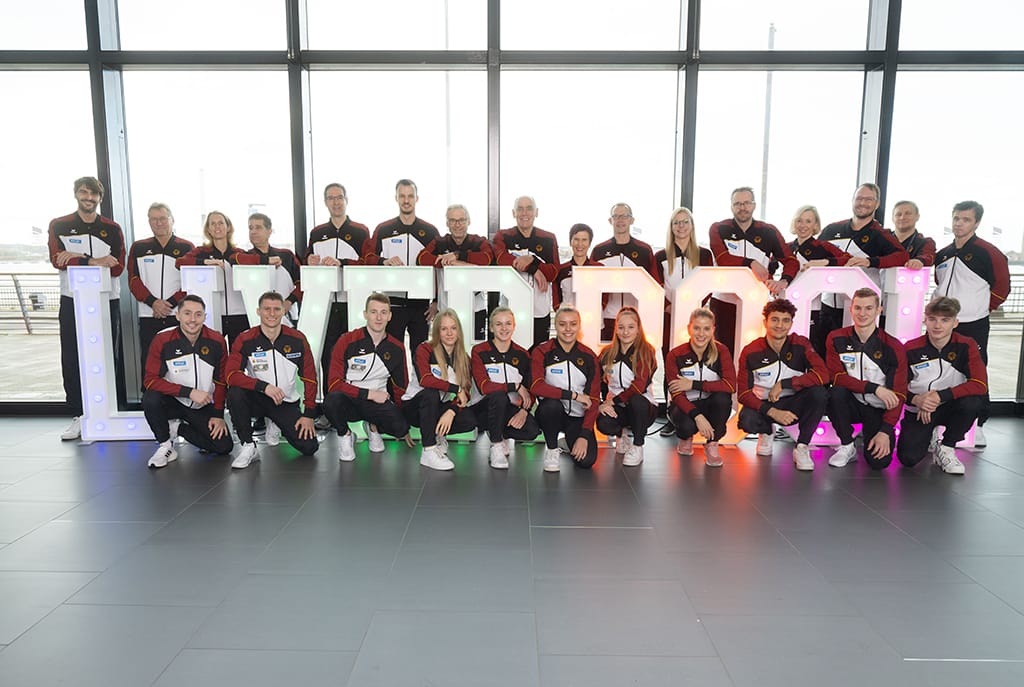


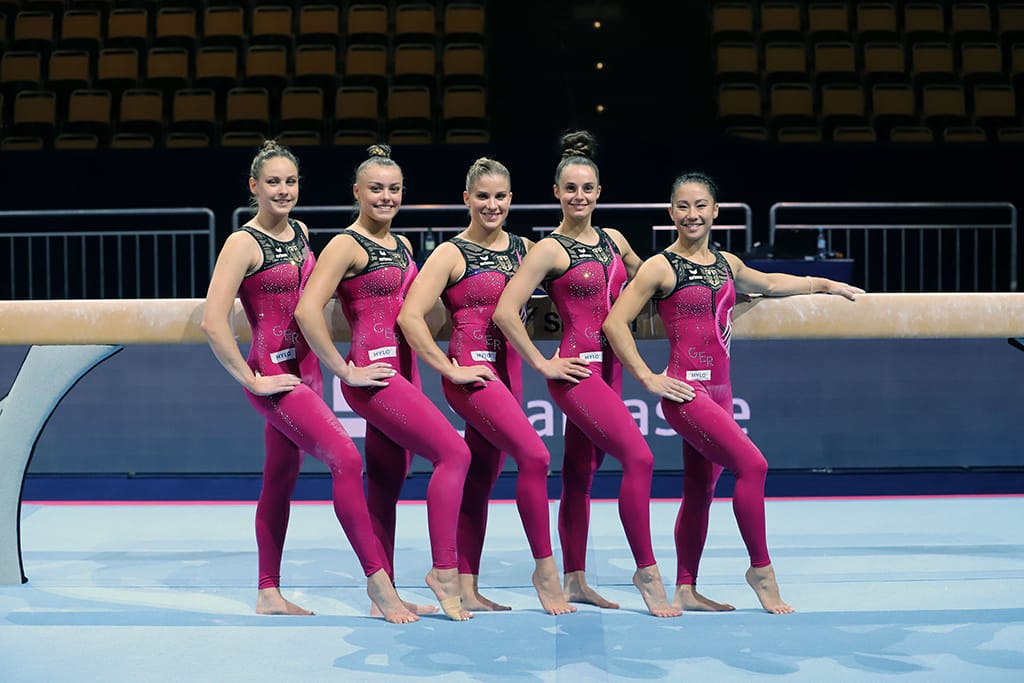
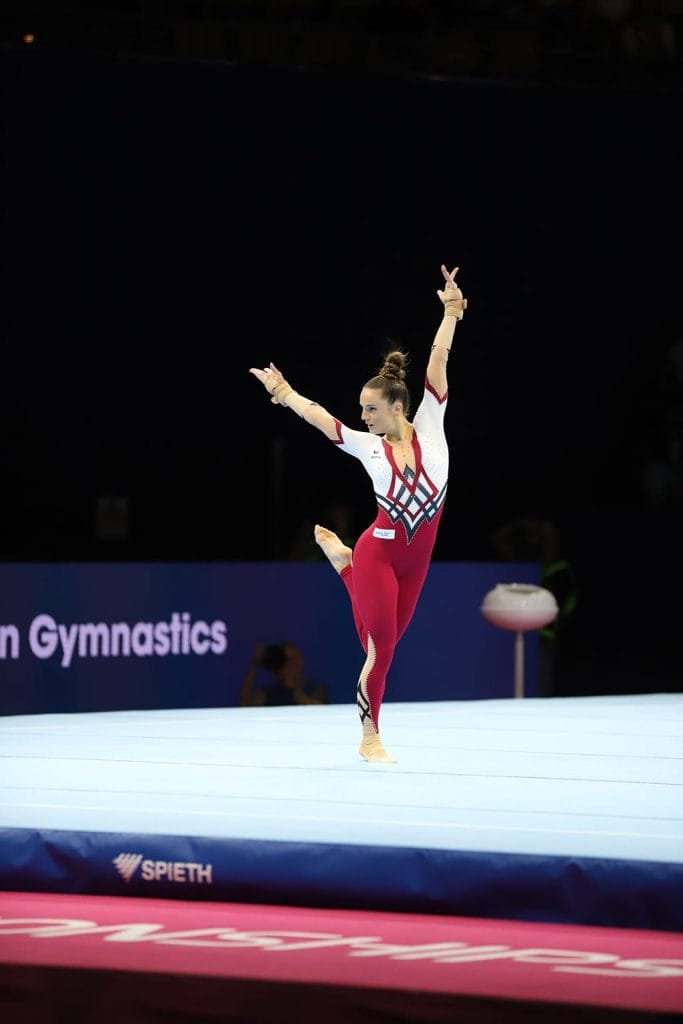

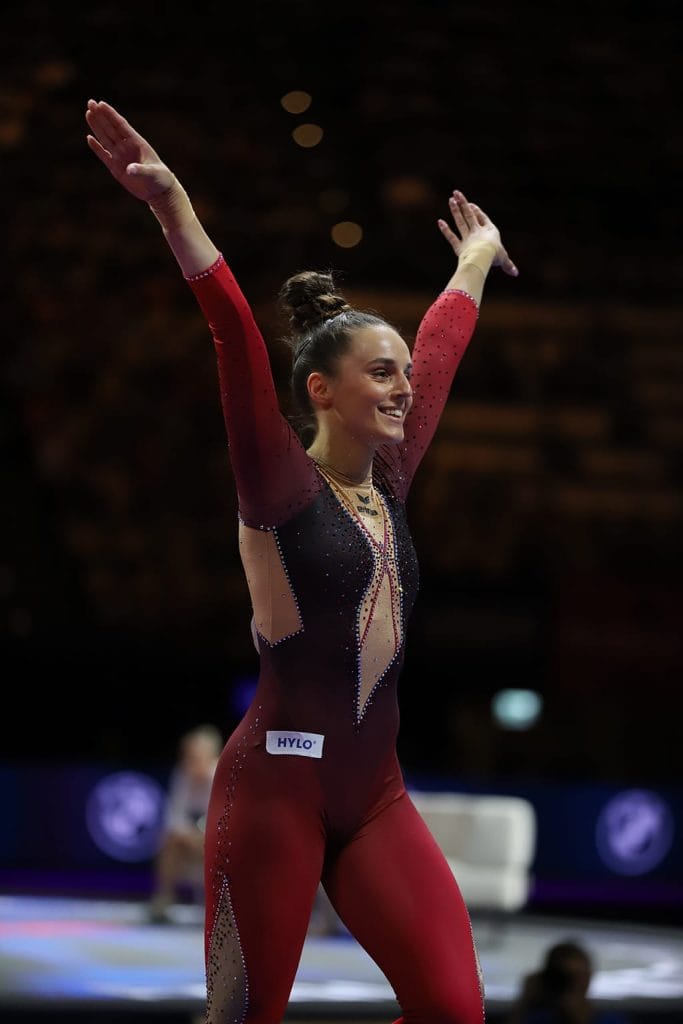

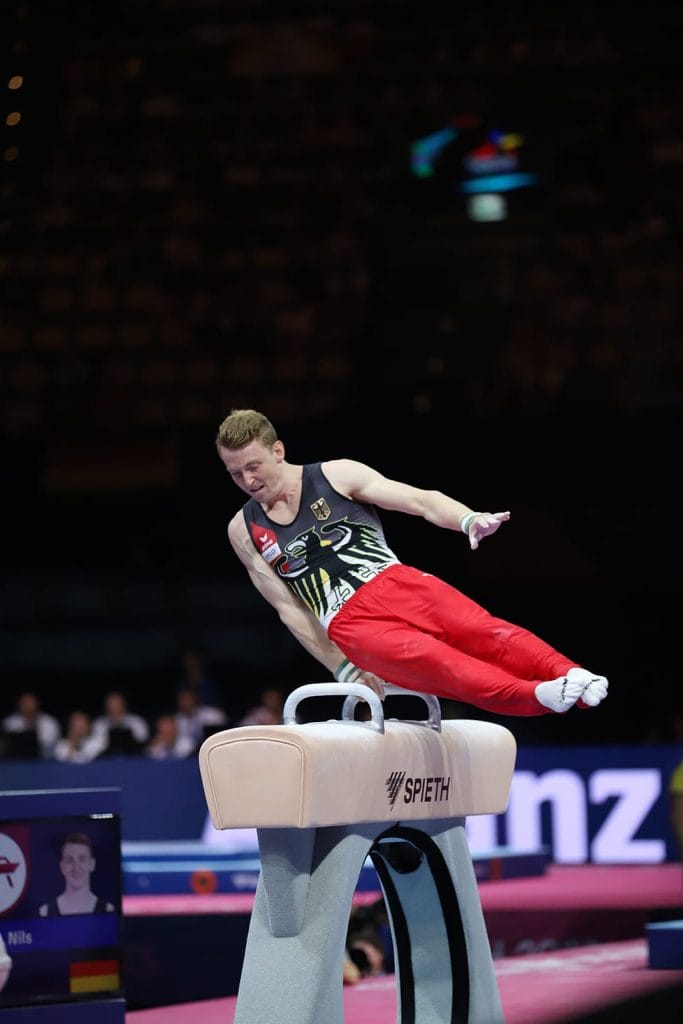
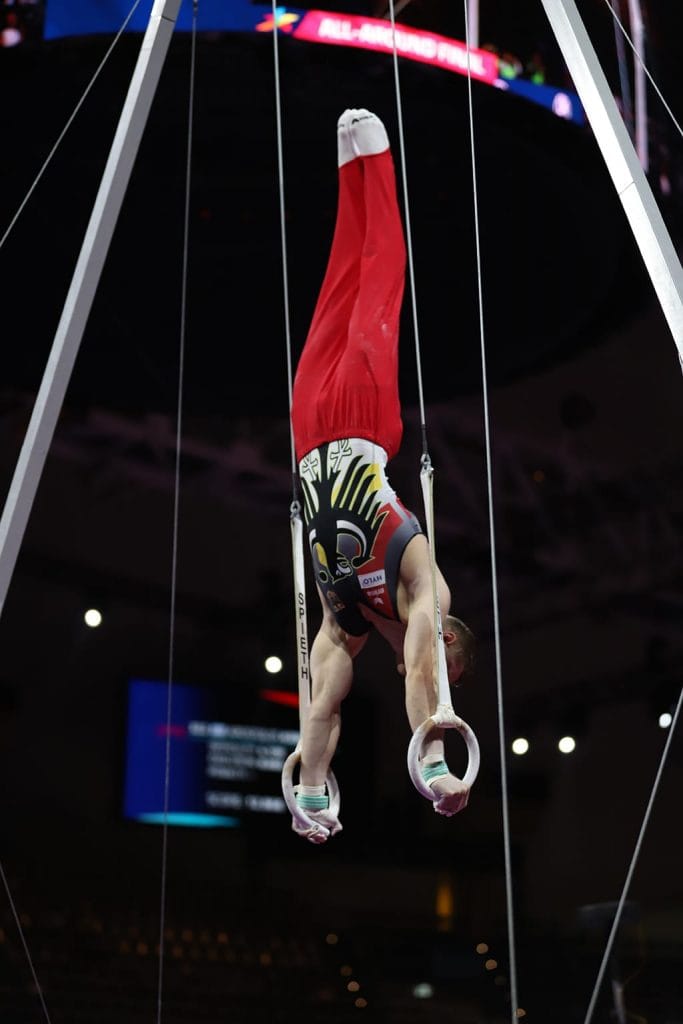
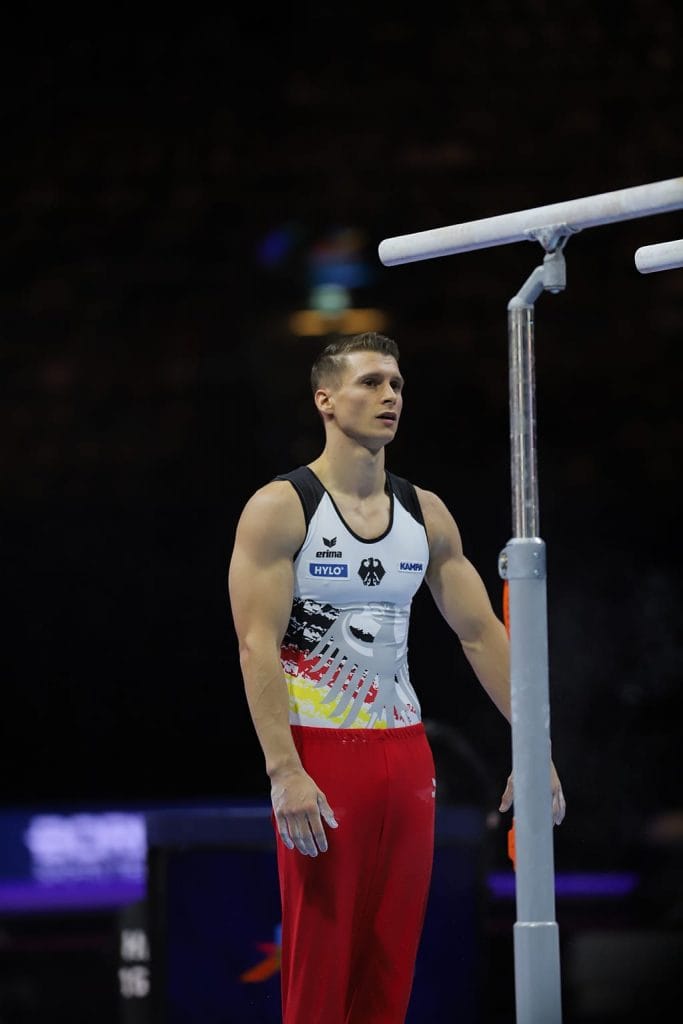
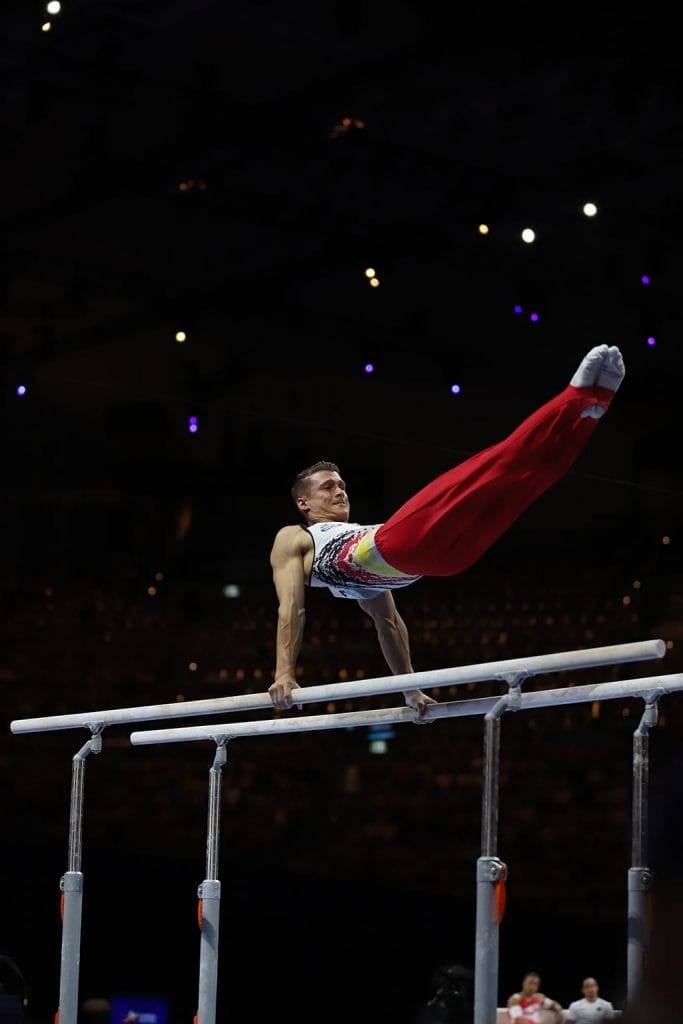
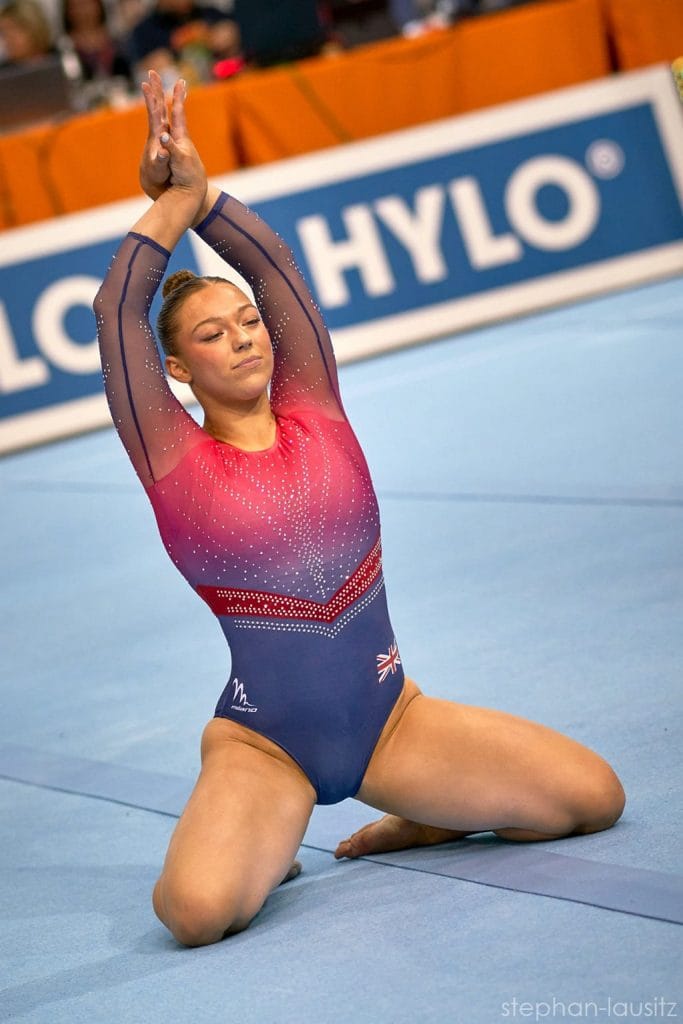
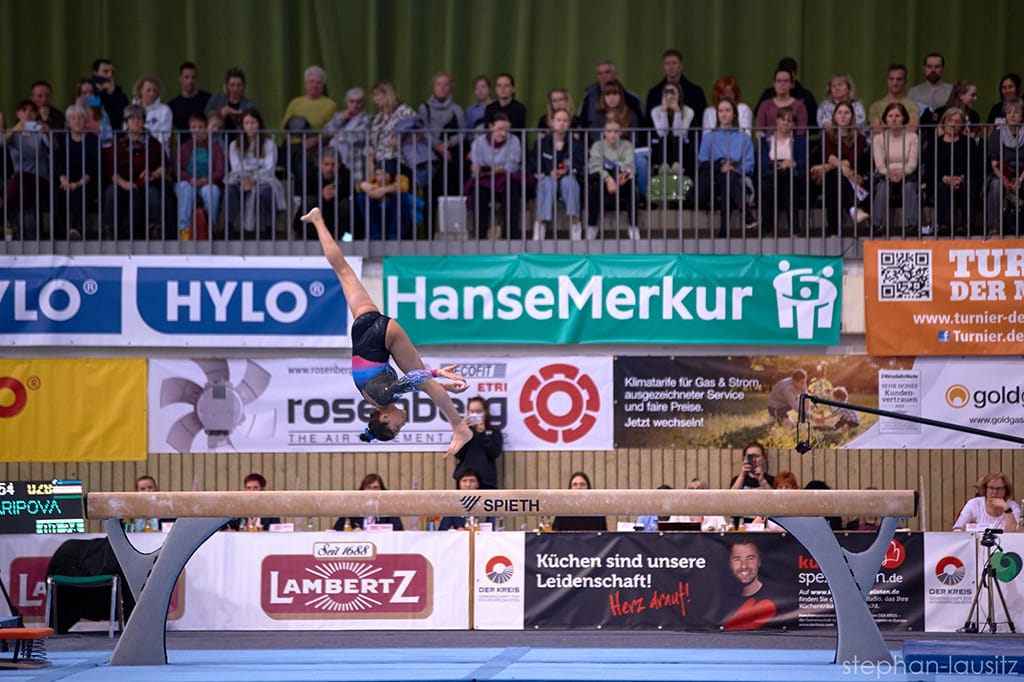
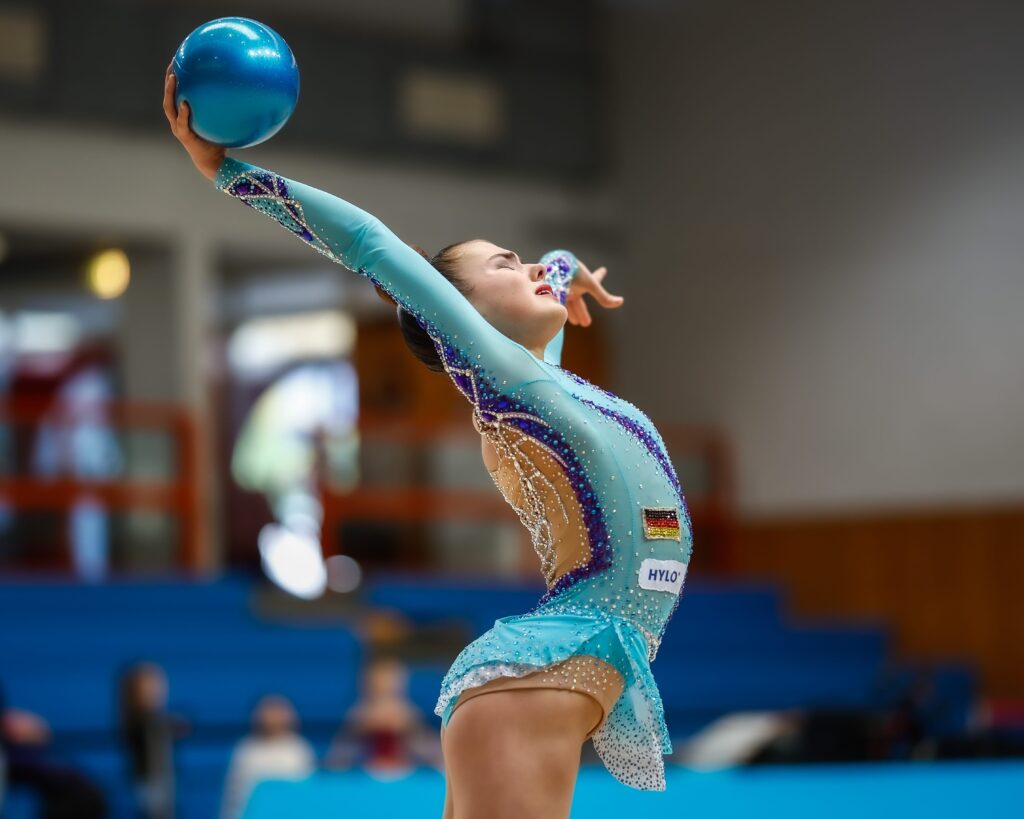
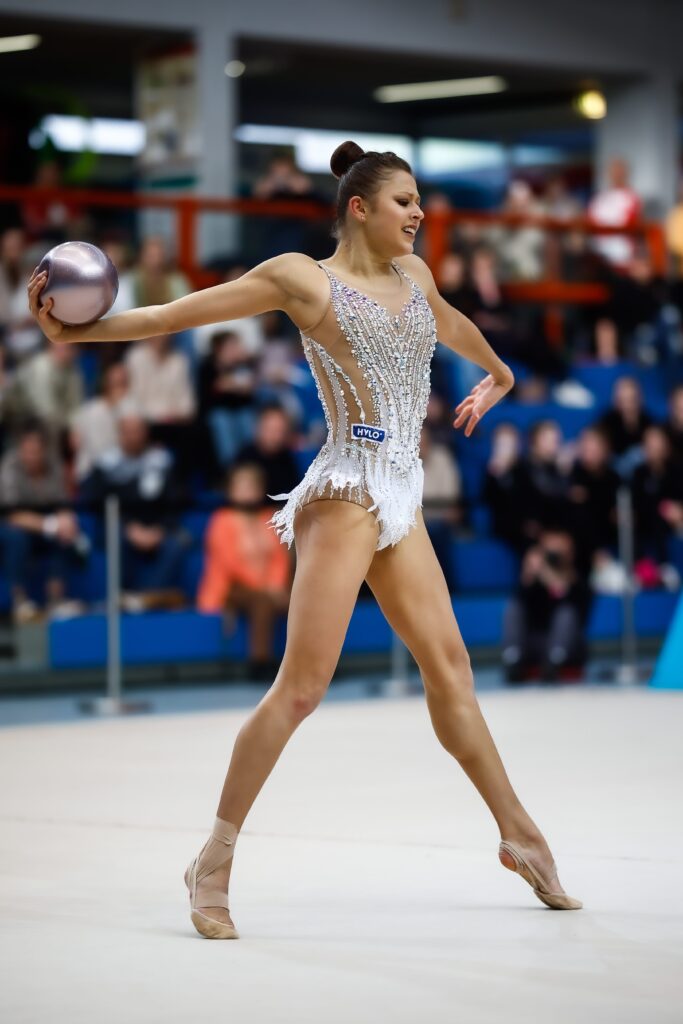
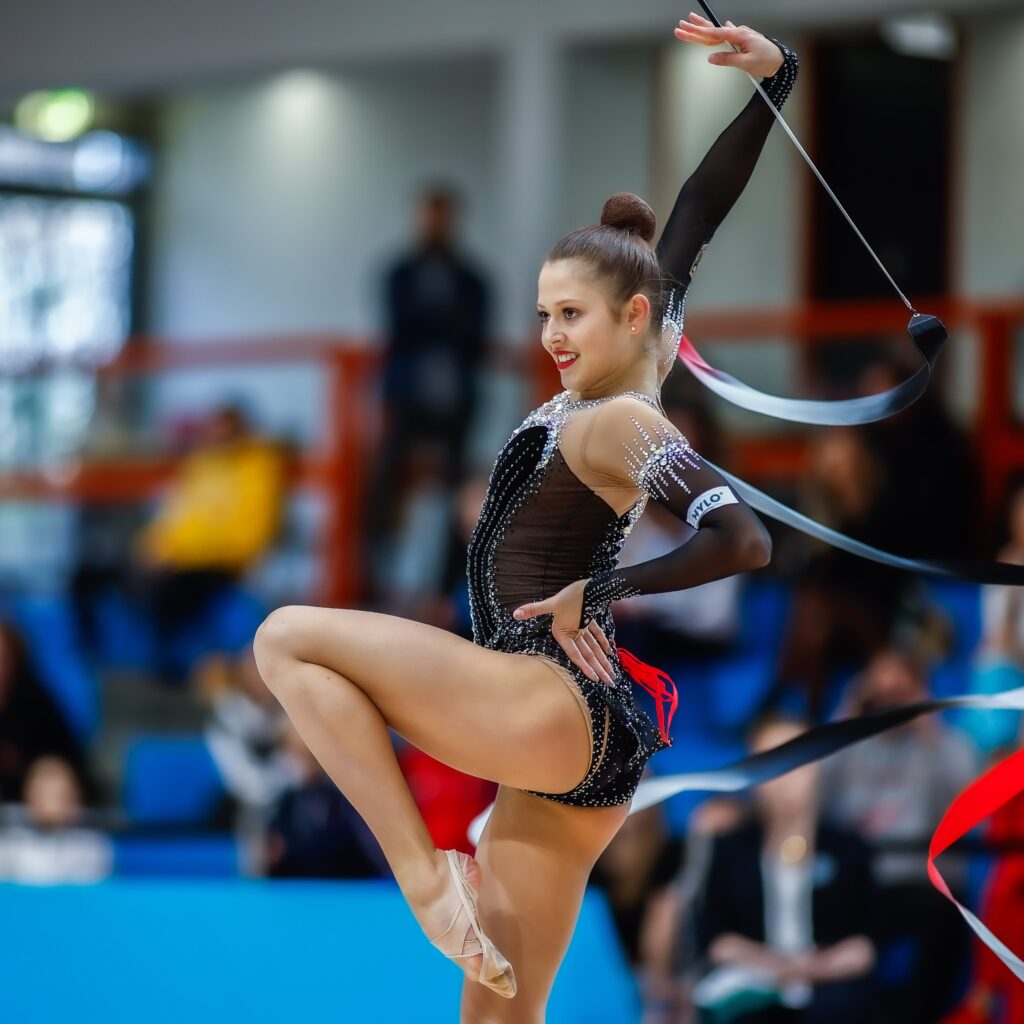
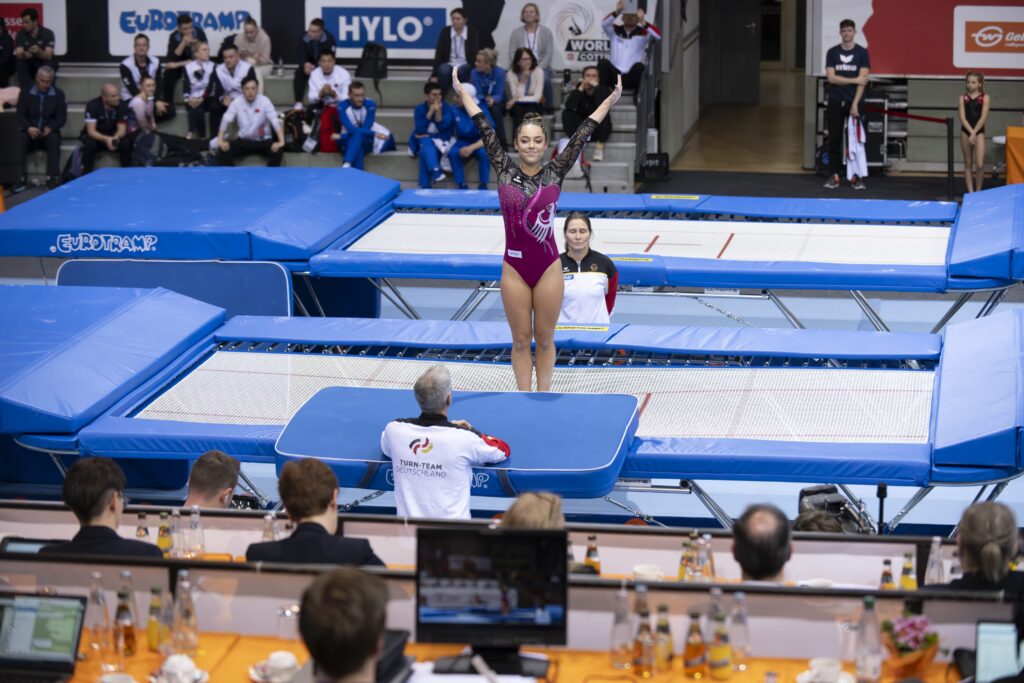
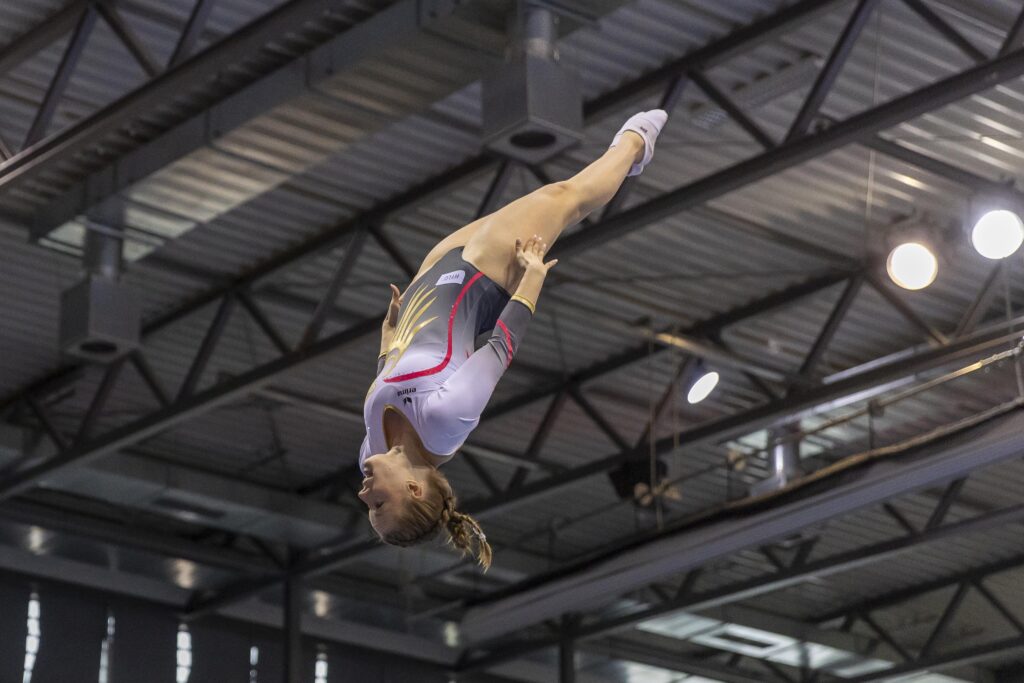
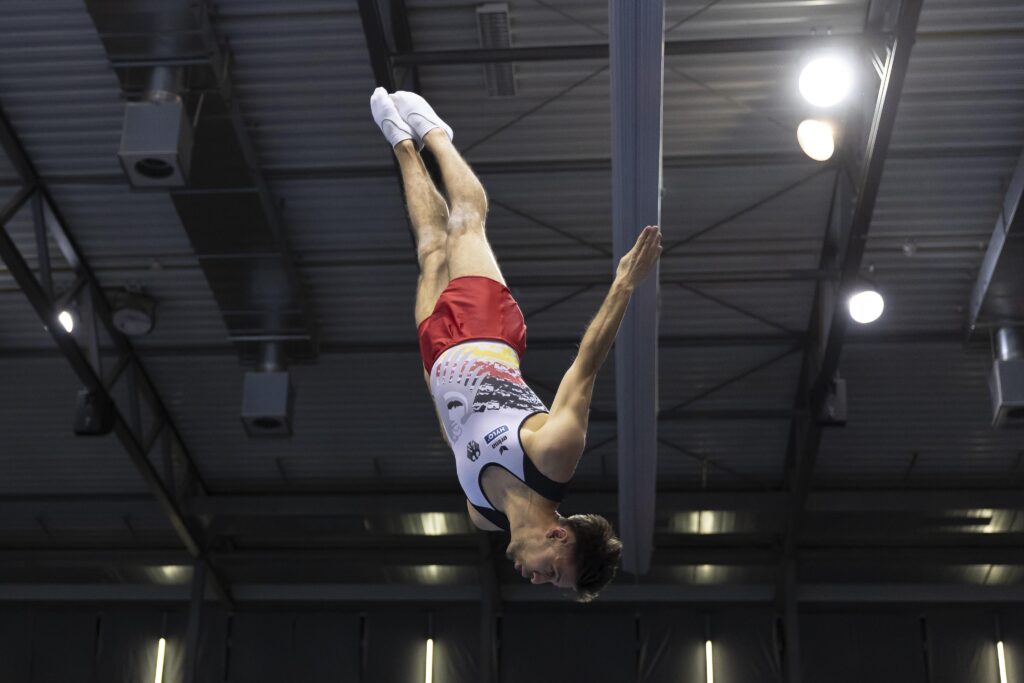
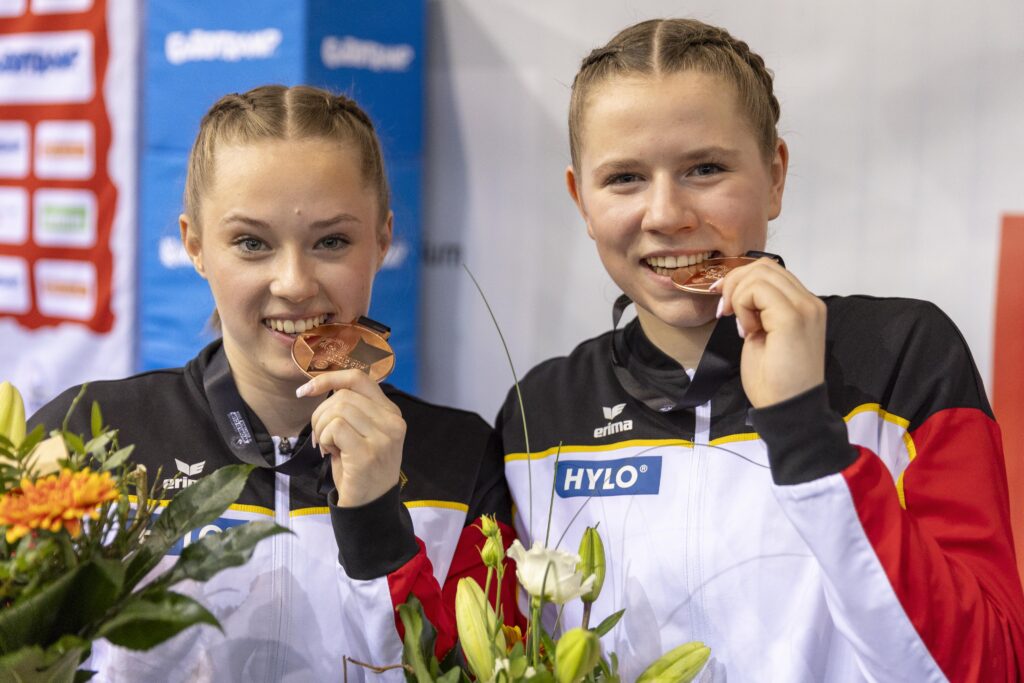
German gymnastics team FAQs
Gymnastics requires and improves strength, flexibility, coordination, speed and balance. Gymnastics is therefore a very complex sport that also forms a good foundation for countless other sport disciplines.
As well as the traditional disciplines of artistic gymnastics and trampolining, it also includes calisthenics, rhythmic gymnastics, aerobics and wheel gymnastics.
Gymnastics, along with endurance sport, can be worthwhile for seniors. This focuses not on maintaining muscle mass, but rather on flexibility and promoting balance.
Information about gymnastics clubs near you can be obtained from the relevant gymnastics association for your state: www.dtb.de/der-verband/verbandsstruktur/landesturnverbaende
Rhythmic gymnastics is a European sporting discipline. It was invented by Swedish educator Per Henrik Ling. It has been an Olympic discipline since 1984.
Trampolining as an acrobatic sport involving performing jumps, somersaults and twists on a trampoline. It requires agility, body control and coordination. A routine on this large apparatus consists of ten jumps performed in succession.
The International Olympic Committee decided to add trampolining to the sporting programme for the 2000 Olympic Games in Sydney in 1997. To date, Anna Dogonadze is Germany’s only Olympic champion in trampolining, winning the gold in 2004.
Ultimately, starting any sport is good. However, to be successful in elite sport, it has been shown that you need to begin training at the age of four to six.
In children’s gymnastics (starting with mother-and-child gymnastics), children aged three and over start by catching balls, climbing, balancing, jumping and dancing. Training also includes somersaults or rolls. Beginning children’s gymnastics at a young age is worthwhile, as it promotes motor skills and encourages physical and mental development. It also has a positive impact on children’s social behaviour.
With three gold medals and two bronze medals at the 1936 Olympic Games, Alfred Schwarzmann remains Germany’s most successful Olympic gymnast. He also achieved the feat of winning a silver medal as a 40-year-old at the 1952 Olympic Games in Helsinki. Schwarzmann has an exceptional biography and was named Germany’s top gymnast of the 20th century in 1999.
Rhythmic gymnastics involves completing various routines to music. Equipment such as ribbons, balls, clubs, ropes and hoops are used.
Athletes generally begin rhythmic gymnastics at the age of five to seven. There are also beginners’ groups starting from the age of four.
The first trampoline competition was held in Dallas (Texas) in 1947. The sport then spread from the USA to Europe in 1955. Trampolining was recognised as a separate sporting discipline in 1959.
